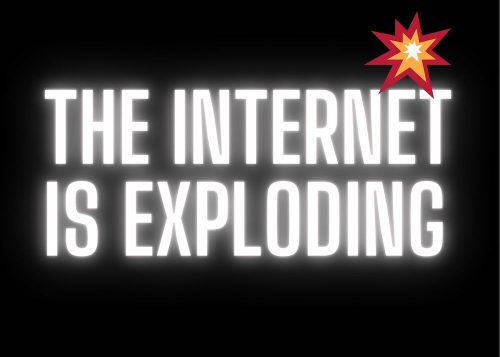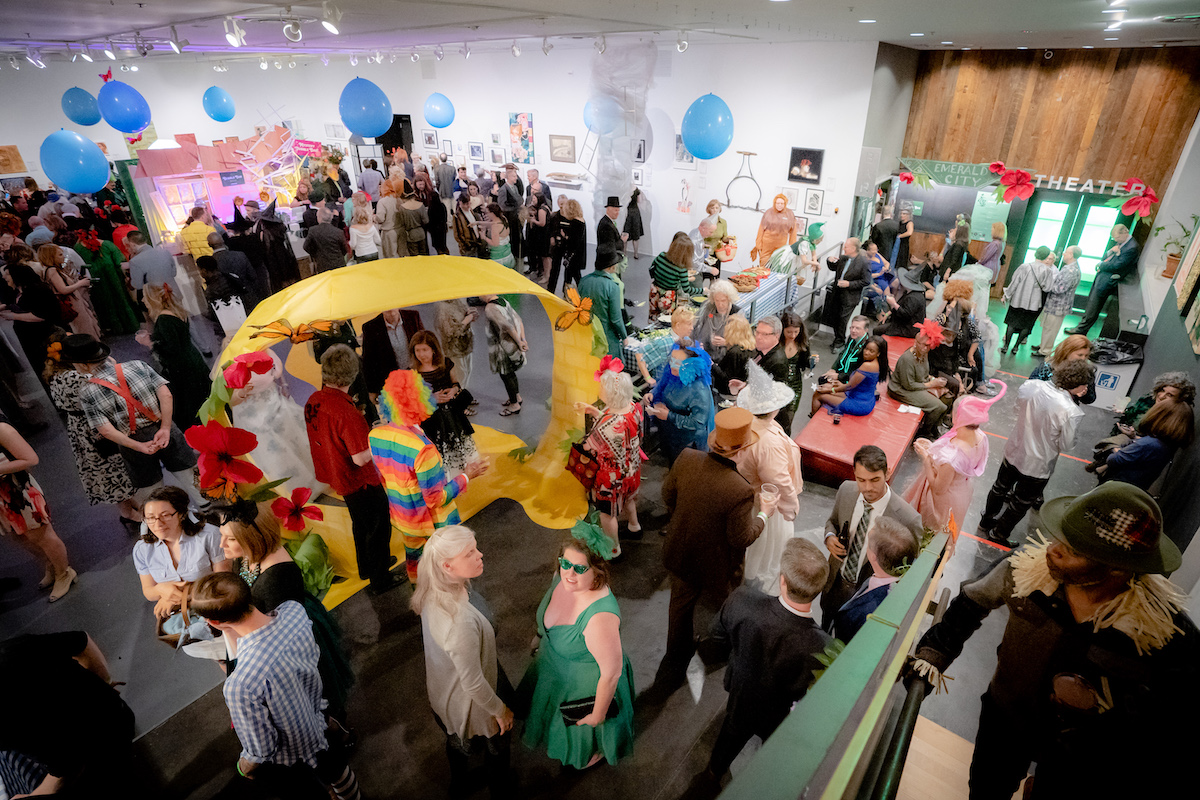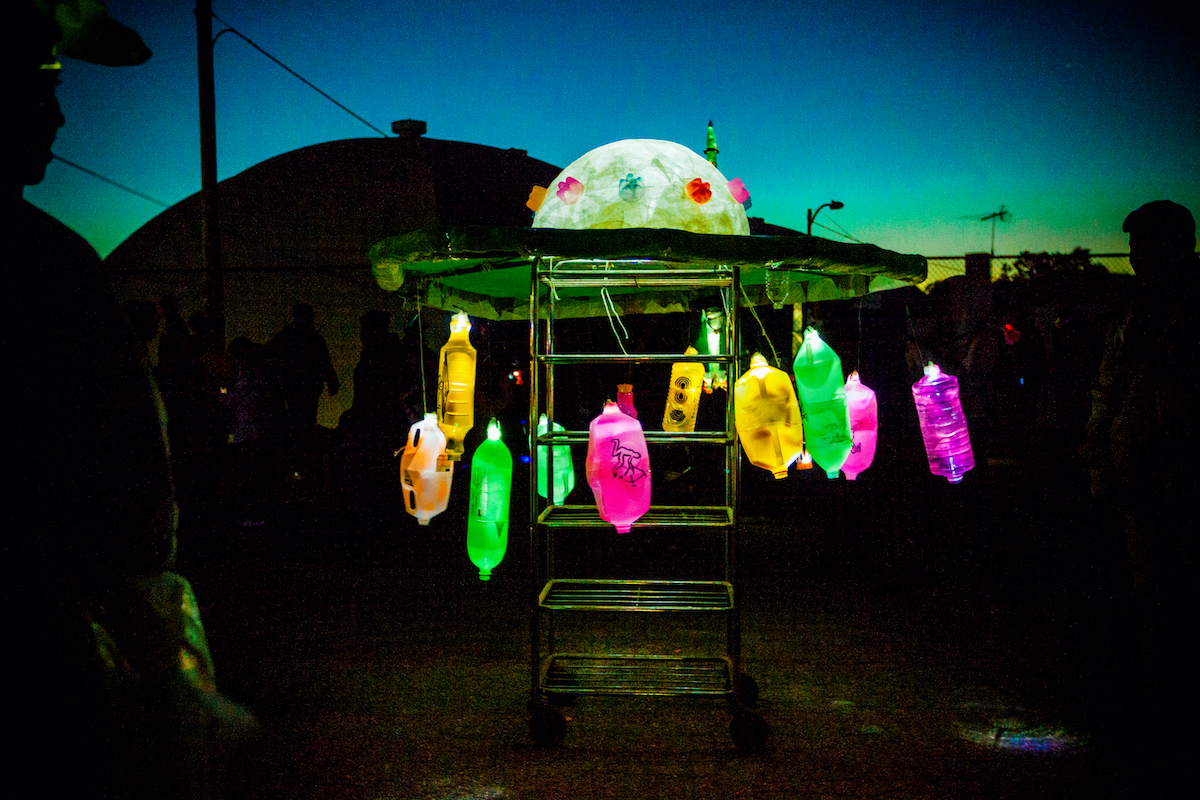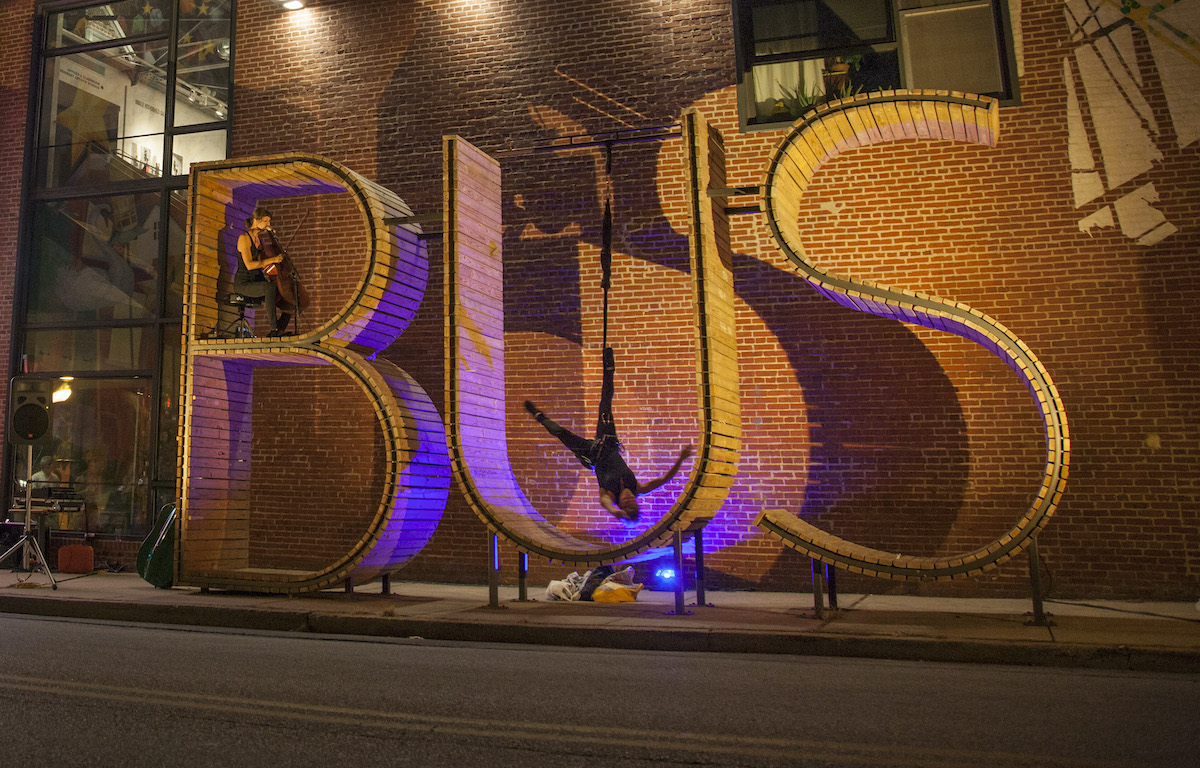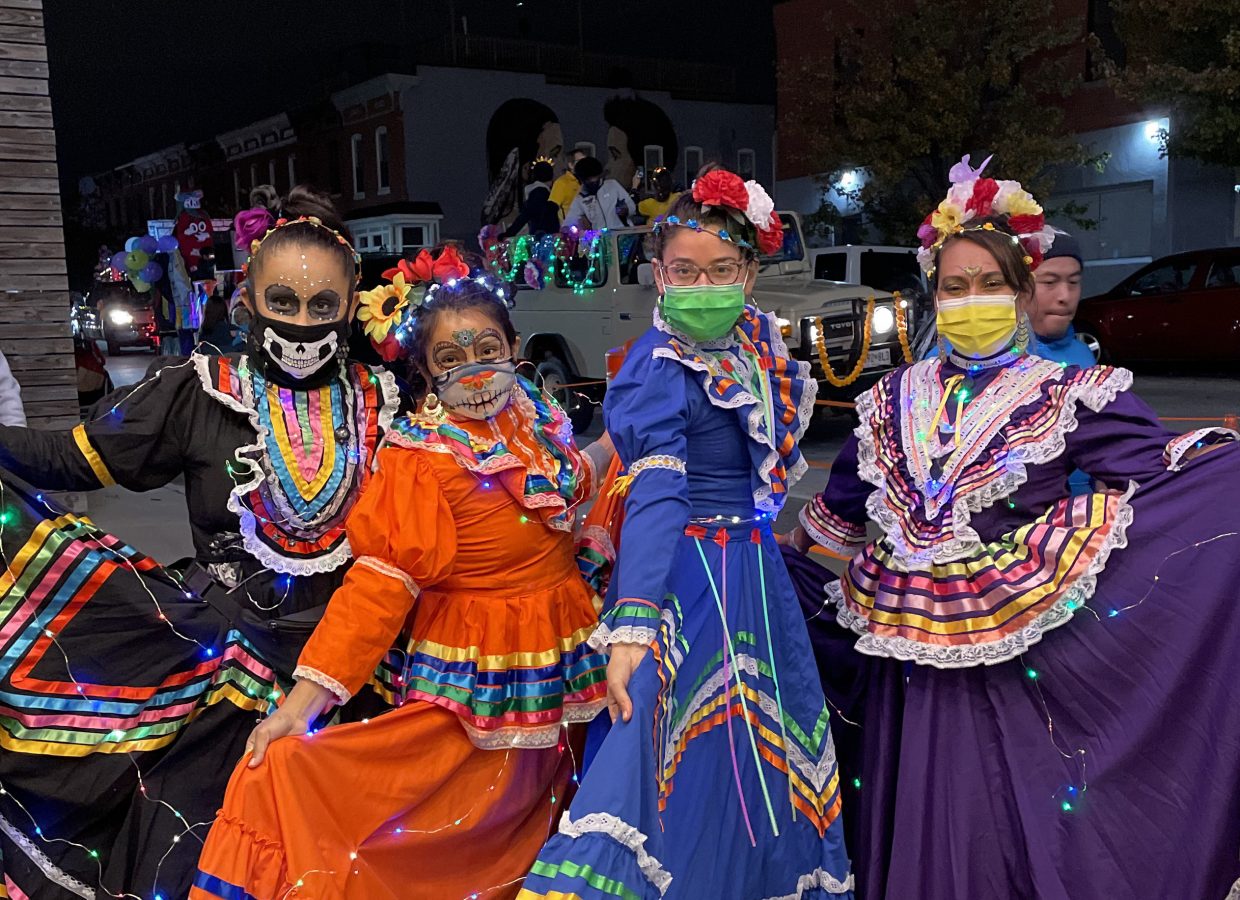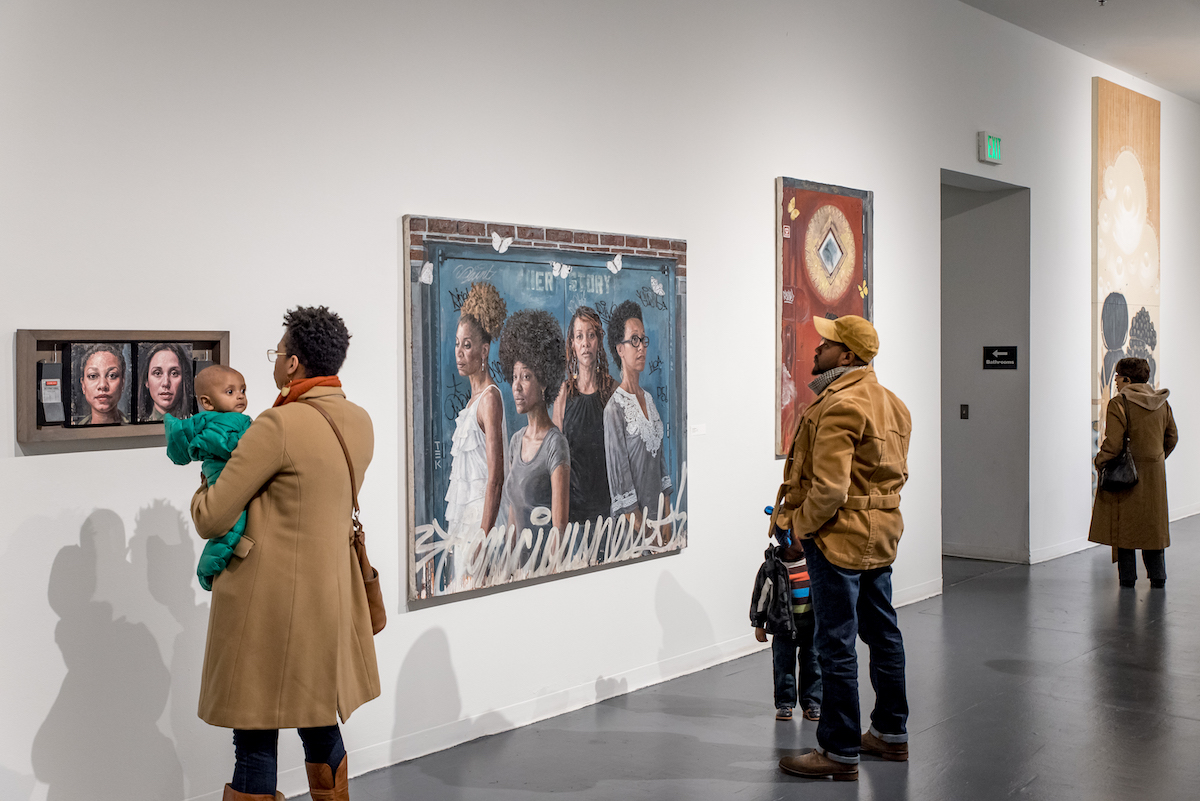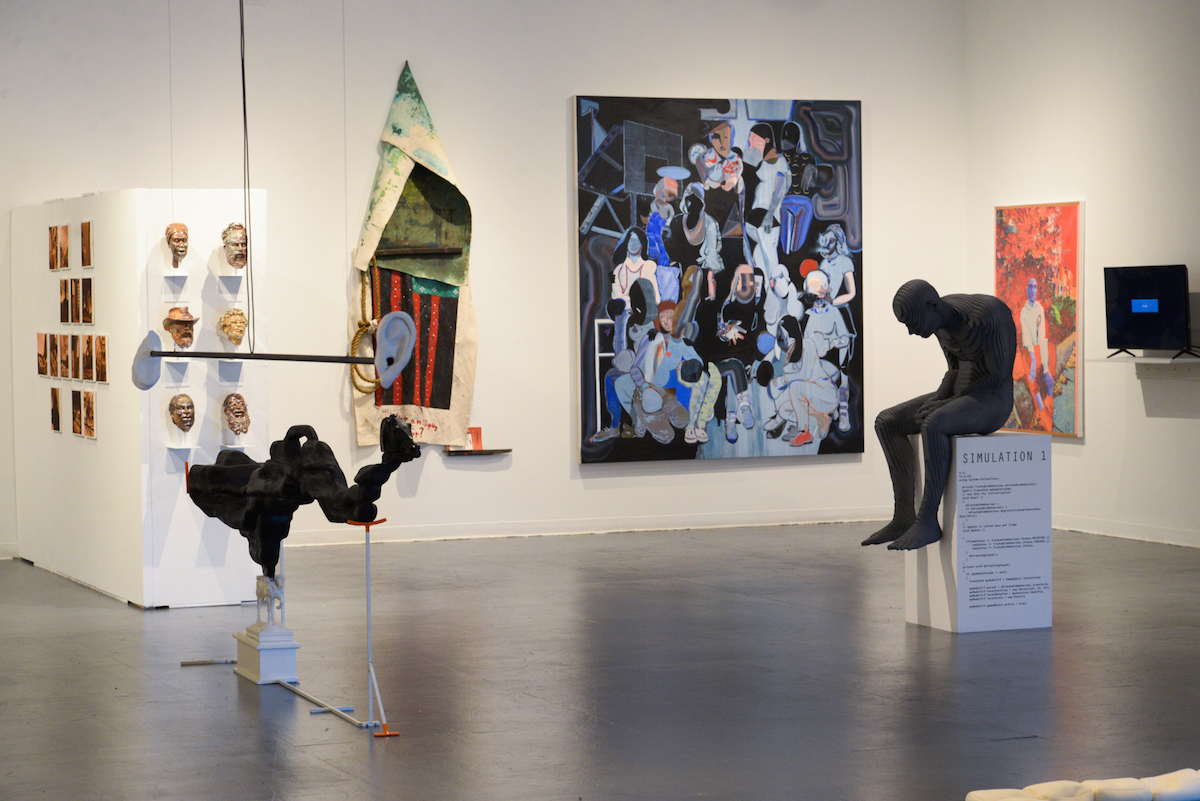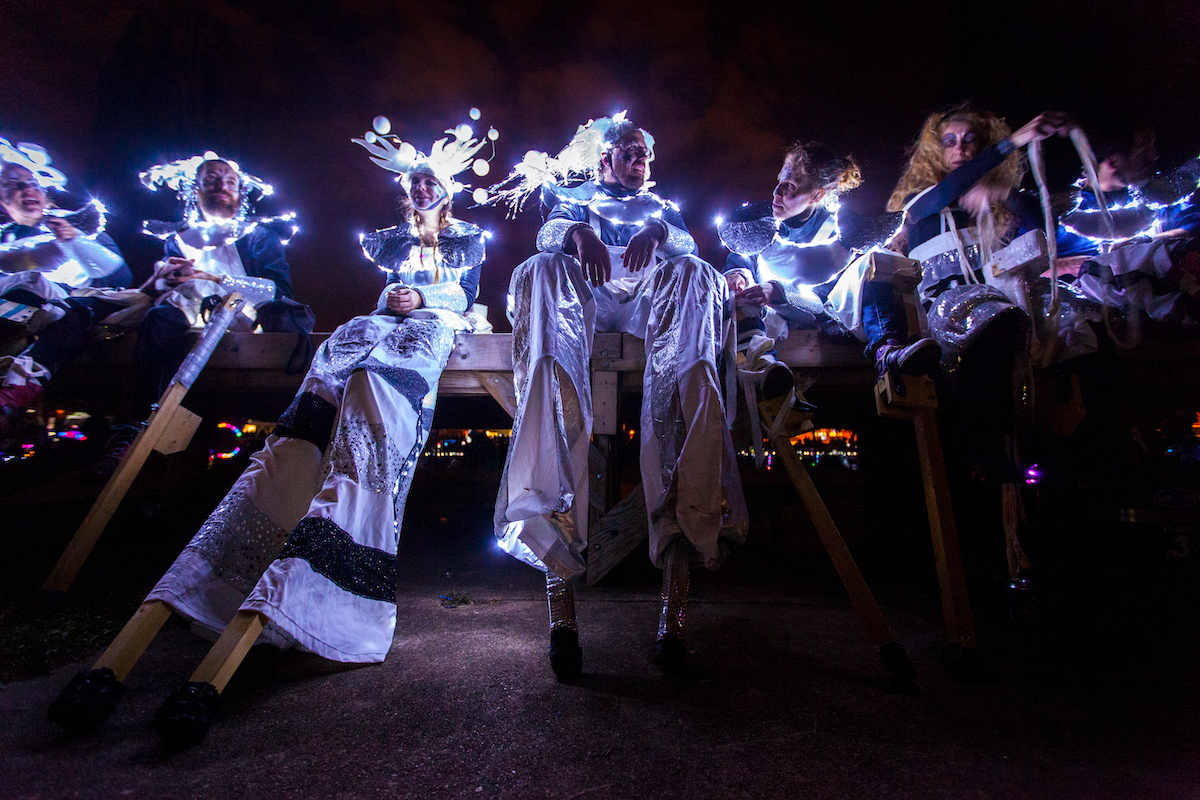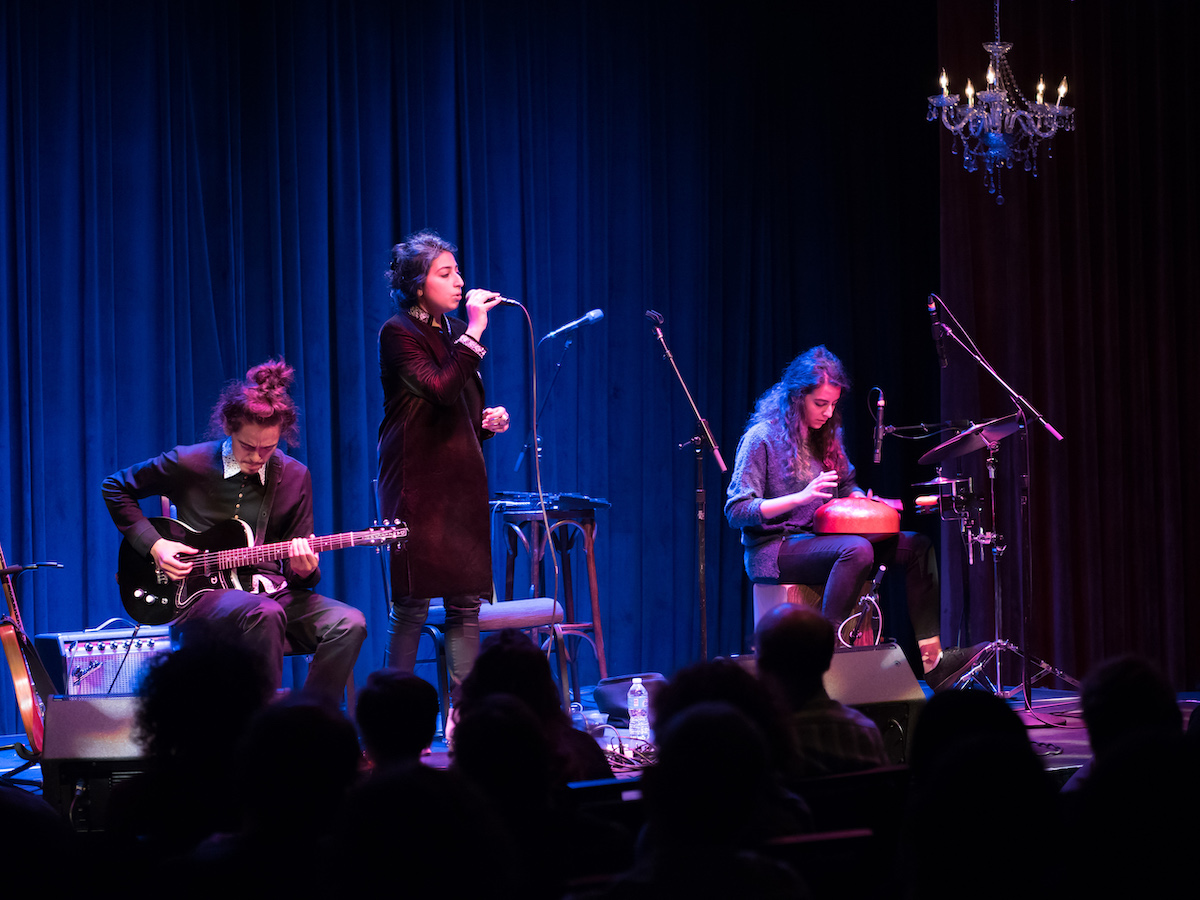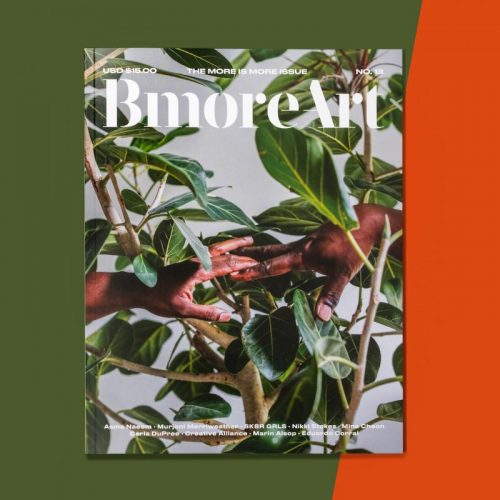When it was only a seedling in the early 1990s, the magnanimous multi-use art space recognized today as the Creative Alliance was then a modest independent gallery called Halcyon, situated above Margaret Footner’s Fells Point cafe. Six months in business, Footner ran into Megan Hamilton, a Baltimore City Paper art critic, and asked whether she knew anyone who could help run a gallery above the restaurant. Hamilton returned with the painter Dan Schiavone, and they established Halcyon Gallery to exhibit and sell the work of local artists.
The key there was “local,” which at the time was basically a pejorative. While today it seems bizarre that Baltimore institutions would effectively ignore local art, many artists in the 1980s and ‘90s staged creative interventions to get institutions to pay more attention to the local scene. In those days, there were even fewer places to see and exhibit art than there are today—you could see your friend’s show in a house gallery, sure, but not at a museum.
With that in mind, Footner, Hamilton, and Schiavone wanted Creative Alliance to be a place where artists could set roots, and the organization has spent more than two decades deliberately building community with all kinds of bombast. Part of this is accomplished through landmark annual events, like the spectacular Great Halloween Lantern Parade in Patterson Park; the Día de los Muertos celebration; a big-tent, salon-style members show; a gala that all but requires absurd, thematic dress-up, and more. The exhibition space features rigorous shows throughout the year, and the theater regularly hosts music and performances as diverse as, say, indigenous Hawaiian folk music, Klezmer dance parties, and Tuareg guitar music alongside local R&B performances, burlesque and drag shows, and screenings of Baltimore-made films. To accommodate such a wide variety of programming, Creative Alliance has always been branching out and growing towards the light.

